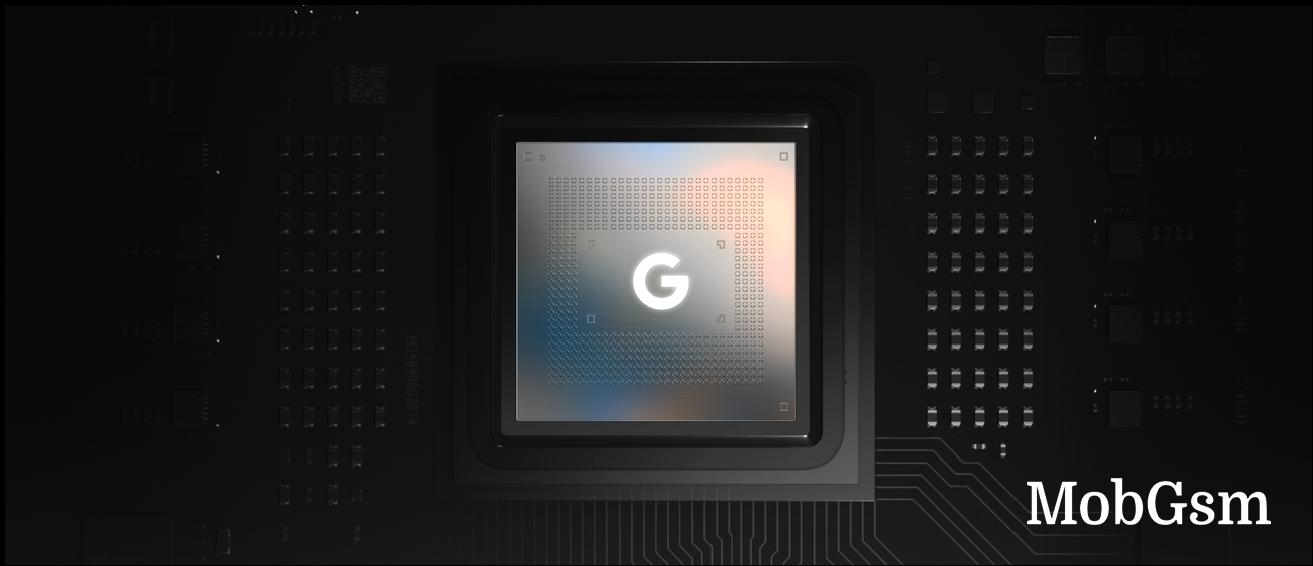Google is working on enhanced Android desktop mode for Android 15
When most people hear desktop mode on Android, they tend to think of Samsung’s DeX or perhaps Motorola’s ready for platforms. Indeed, those two are among the most advanced custom implementations currently out there. However, a lesser-known fact is that there is a Desktop mode in Google’s AOSP. It was first released with Android 10 in a very barebones state mostly to enable developers to test their apps in multi-display scenarios.
Desktop mode has been steadily, though slowly, improving since then, and it can now easily handle a side-by-side mode with two apps on screen. More apps can be opened simultaneously using the so-called freeform multi-window experience but with plenty of caveats.
Apparently, Google is working on its multi-window Android desktop experience and has already made some progress. Android Authority discovered some interesting new additions through tinkering with developer flags on the latest Android 14 QPR3 2.1 beta build.
You can see the new multi-window experience in the video for yourself. But basically, there is now a new title bar with a small menu that appears once you tap the small handle on top of a full-screen app. The menu contains options for full-screen, split-screen or freeform mode. Once in freeform mode, windows can be dragged around and resized freely. A “snap to edge” feature allows you to snap a window to the left or right half of the screen. You can even skip the whole menu and go from a full-screen app directly into a freeform window by just holding and dragging the new handle on top of a full-screen app. Notably, there are still no window positioning or keyboard shortcuts for snapping. Nor is there a proper desktop launcher.
These major productivity and usability improvements are likely slated to arrive alongside Android 15. Perhaps Google might even market them as part of the Pixel 9 experience once those devices come out later this fall. After all, the tech giant recently enabled display output on the Pixel 8 series, which seems to indicate a renewed interest in the feature.





